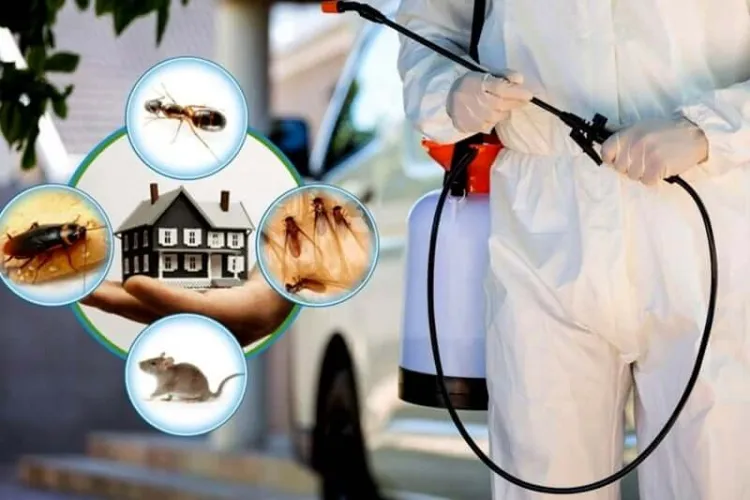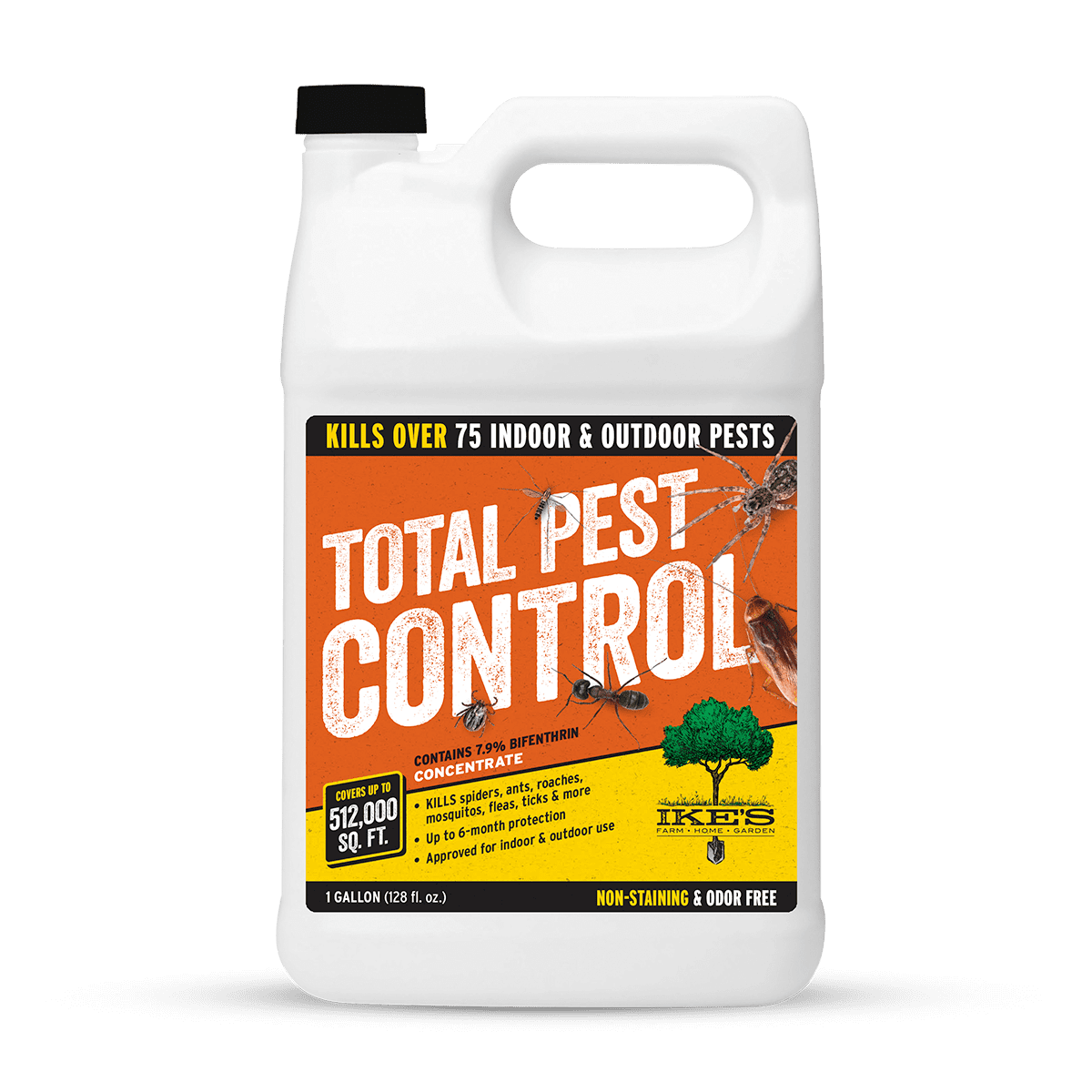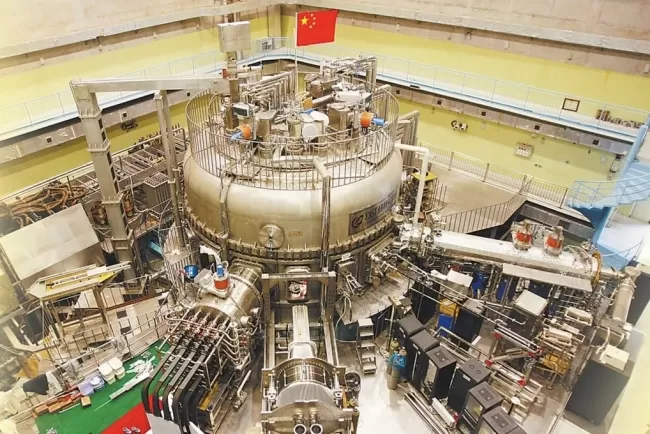Insect Control Chemicals: Essential Tools for Agriculture, Health, and Home Protection...!!!
Insect control chemicals are vital in agriculture, public health, and household pest management. Understanding the different types of chemicals and their applications helps in selecting the appropriate method for effective insect control.

Insect control is essential in agriculture, public health, and household maintenance. Various chemicals are used to manage insect populations, each with unique properties and applications.
1. Insecticides
Description: Insecticides are substances used to kill insects. They are widely employed in agriculture to protect crops, in public health to control disease vectors, and in households to manage pest infestations.
Types:
-
Organophosphates: These insecticides affect the nervous system of insects by inhibiting the enzyme acetylcholinesterase, leading to paralysis and death. Examples include malathion and diazinon.
-
Carbamates: Similar to organophosphates, carbamates inhibit acetylcholinesterase but are generally less persistent in the environment. Examples include carbaryl and propoxur.
-
Pyrethroids: Synthetic versions of natural pyrethrins, these insecticides affect the nervous system of insects, causing paralysis and death. Examples include permethrin and cypermethrin.
-
Neonicotinoids: These insecticides act on nicotinic acetylcholine receptors in the insect's nervous system, causing paralysis and death. Examples include imidacloprid and clothianidin.
-
Chlorinated Hydrocarbons: These are older insecticides that persist in the environment and accumulate in the food chain. Examples include DDT and lindane.
2. Fungicides
Description: Fungicides are chemicals used to control fungal infections in plants. Although they do not directly target insects, they help prevent insect damage by maintaining plant health.
Types:
-
Systemic Fungicides: Absorbed by the plant and transported throughout its tissues, providing internal protection against fungal infections. Examples include azoxystrobin and propiconazole.
-
Contact Fungicides: Remain on the surface of the plant and kill fungi upon contact. Examples include copper sulfate and sulfur.

3. Herbicides
Description: Herbicides are chemicals used to control unwanted plants (weeds) that compete with crops for nutrients, water, and space.
Types:
-
Selective Herbicides: Target specific types of weeds while leaving the desired crop unharmed. Examples include glyphosate (Roundup) and 2,4-D.
-
Non-Selective Herbicides: Kill all plants they come into contact with, regardless of type. Examples include paraquat and glufosinate.
4. Rodenticides
Description: Rodenticides are chemicals used to control rodents such as rats and mice. While not targeting insects, they are essential for integrated pest management.
Types:
-
Anticoagulants: Cause internal bleeding by interfering with blood clotting. Examples include warfarin and brodifacoum.
-
Non-Anticoagulants: Kill rodents through other mechanisms, such as neurotoxins. Examples include bromethalin and zinc phosphide.

5. Acaricides
Description: Acaricides are chemicals used to control mites and ticks, which can damage plants and transmit diseases to animals and humans.
Types:
-
Organophosphate Acaricides: Similar to organophosphate insecticides, they affect the nervous system of mites and ticks. Examples include acephate and chlorpyrifos.
-
Pyrethroid Acaricides: Synthetic versions of pyrethrins, affecting the nervous system of mites and ticks. Examples include cypermethrin and fenvalerate.
6. Nematicides
Description: Nematicides are chemicals used to control nematodes (roundworms) that can damage plant roots and reduce crop yields.
Types:
-
Fumigant Nematicides: Release toxic gases that penetrate the soil and kill nematodes. Examples include methyl bromide and metam sodium.
-
Non-Fumigant Nematicides: Applied directly to the soil and target nematodes without releasing gases. Examples include oxamyl and ethoprophos.
Insect control chemicals are vital in agriculture, public health, and household pest management. Understanding the different types of chemicals and their applications helps in selecting the appropriate method for effective insect control. Whether it's insecticides, fungicides, herbicides, rodenticides, acaricides, or nematicides, each type serves a specific purpose in managing pest populations and protecting crops, health, and homes.
What's Your Reaction?

















